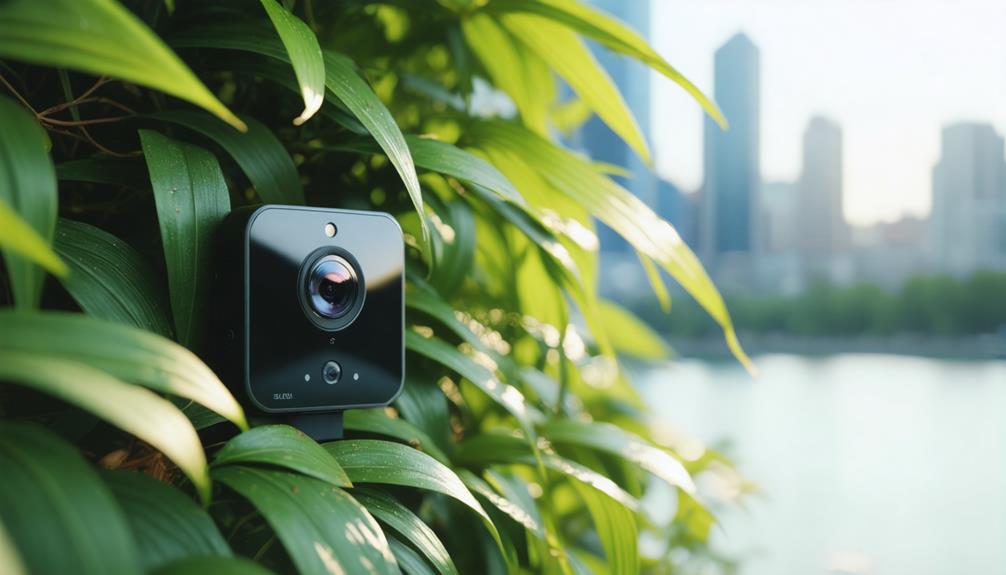
Brainstorm Security Shop

For Orders Over $199

On Any Of Our Products

Details On Refund Page
Imagine you’re away from home and your phone buzzes with a real-time alert from your motion detection cameras. It’s not just about catching a potential intruder; it’s about knowing your home is secure at all times. These cameras don’t just record events—they actively keep you in the loop with immediate notifications. But how reliable are these alerts, and what happens when they identify something out of the ordinary? You might wonder if this technology can distinguish between a stray cat and a real threat. Let’s explore how these sophisticated systems can be tailored to enhance your home security effectively.
Motion detection technology harnesses sensors to spot activity within a defined area, alerting you to any movements. This system is pivotal in various security settings, utilizing a range of camera types and detection algorithms to ensure accuracy and efficiency.
You’ll find that the technology not only incorporates infrared sensors but also integrates methodologies like passive infrared (PIR) and active sensors such as ultrasonic or microwave.
The camera types are diverse, ranging from static models that cover fixed areas to more advanced pan-tilt-zoom (PTZ) cameras that can swivel to follow detected motion. Each type employs different detection algorithms designed to optimize performance based on their operational environment and intended use.
The algorithms analyze the captured images or sensor data, distinguishing between genuine motion events and false triggers like swaying trees or passing cars.
Learning how these technologies work together helps you understand why certain cameras react differently under varying circumstances. For instance, cameras equipped with machine learning algorithms can adaptively improve their detection accuracy over time, learning from past errors.
This sophistication ensures that the system becomes more reliable, reducing the likelihood of missed incidents or false alarms, making your security system smarter and more responsive to actual threats.
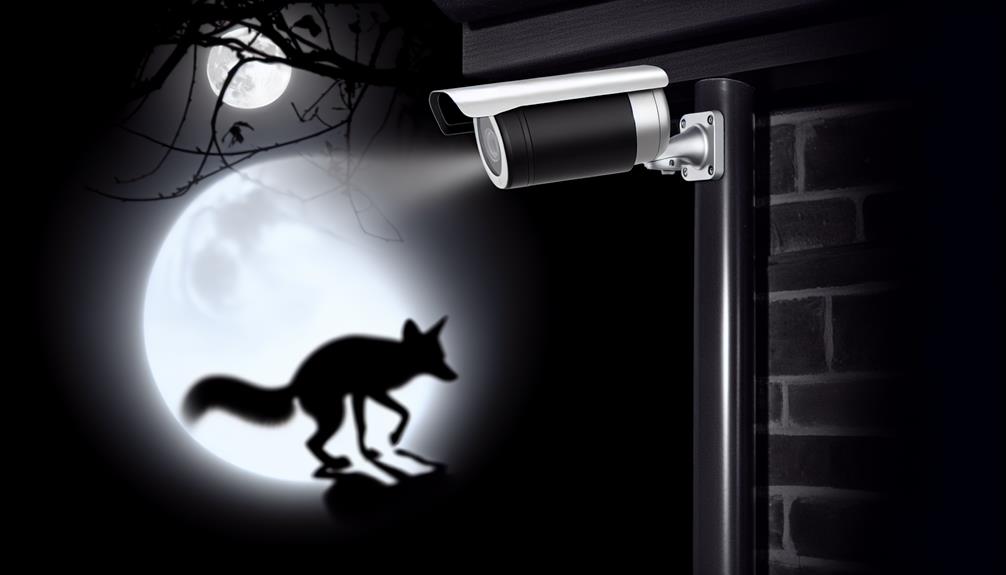
With real-time alerts, you can immediately identify threats as they occur, keeping you one step ahead of potential security breaches.
This feature enhances your security management by allowing for swift responses to any unusual activity detected by your motion detection cameras.
You’ll appreciate how this technology not only alerts you to problems but also helps you manage and resolve them quickly.
Real-time alerts from motion detection cameras empower you to identify threats the moment they occur. With these innovative tools, you’re not just recording events; you’re actively engaging in proactive threat assessment. This immediate feedback loop allows you to react swiftly, significantly reducing the risk to your property or personal safety.
These cameras serve as the backbone of modern surveillance strategies. By integrating advanced algorithms, they can distinguish between routine movements and potential threats. This isn’t just about catching a burglar in the act; it’s also about preventing possible incidents before they escalate.
For example, if someone is lurking near an entry point after hours, you’ll know instantly. You can then take appropriate action, whether that’s alerting security personnel or contacting law enforcement, all before the situation worsens.
This capability isn’t just reassuring; it transforms how you approach security. You’re no longer passively observing through recorded footage after the fact. Instead, you’re actively participating in your own safety, equipped with the tools to make informed decisions in real time. It’s a smarter, more effective way to protect what matters most to you.
Building on the concept of immediate threat identification, real-time alerts from motion detection cameras also enhance overall security management. These alerts allow you to adapt your surveillance strategies on-the-fly, ensuring that your response is as immediate as the threat detection itself.
With real-time alerts, you’re not just passively recording what happens; you’re actively engaging with your environment. This proactive approach allows for quicker threat assessment, helping you to identify potential risks before they escalate. You can monitor live feeds, receive instant notifications, and communicate directly with security personnel or law enforcement to coordinate responses effectively.
Here’s how real-time alerts can benefit you:
| Benefit | Description | Impact |
|---|---|---|
| Immediate Response | Alerts are sent as soon as motion is detected. | Minimizes damage or loss. |
| Enhanced Monitoring | Constant updates keep you informed. | You’re always in the loop. |
| Better Resource Allocation | Helps prioritize areas needing immediate attention. | Efficient use of security resources. |
| Improved Coordination | Facilitates quicker collaboration among teams. | Speeds up operational response. |
| Detailed Logs | Provides data for better future planning. | Enhances strategy and preparedness. |
These features ensure that your surveillance system isn’t just a passive observer but a dynamic tool in your security arsenal. So, you’re not just watching; you’re actively protecting what matters most.
As you explore motion detection cameras, it’s crucial to consider their sensitivity and range settings, which determine how effectively they detect movement.
You’ll also want to check the connectivity options to ensure they fit with your existing network and devices.
Lastly, alert customization capabilities allow you to tailor notifications to your specific needs, enhancing your security setup.
When selecting a motion detection camera, two of the most crucial features to consider are its sensitivity and range settings. Getting these right means you’ll catch all the action without being swamped by false alerts. Here’s how you can optimize these settings:
You’ll want to test different levels at various times of the day to find the optimal setting.
Consider the area you need to monitor and adjust the camera angle and placement to maximize coverage without unnecessary overlaps.
Regularly updating these settings can keep your camera’s performance in top shape.
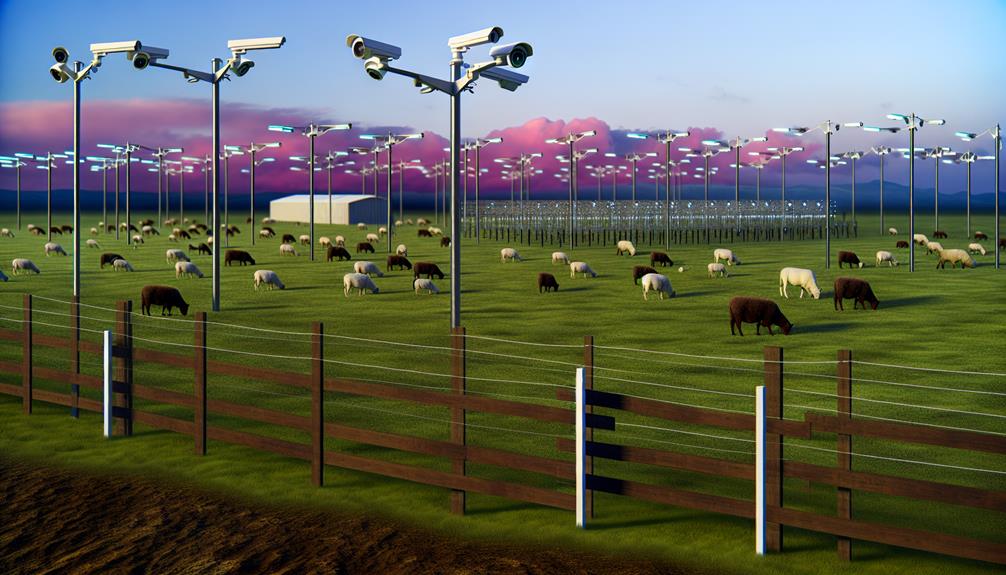
You’ll also need to consider the connectivity options available on a motion detection camera, as these can greatly influence its effectiveness and versatility.
Wireless connections, for example, offer flexibility in placement without the hassle of cables, essential for monitoring more inaccessible areas. You’ll want to ensure the camera’s network compatibility matches your home Wi-Fi or office network to avoid any connectivity issues.
Power sources are another critical aspect; some cameras operate on batteries, while others need a permanent power supply.
The choice can affect where you place the camera and how reliably it can operate over time.
Data storage capabilities are also paramount.
Does the camera store footage locally on an SD card, or does it utilize cloud services? Cloud-based storage can offer more security and access from anywhere, but you’ll need to consider subscription costs and data privacy.
User interfaces and app integration play significant roles in how easily you can access and manage your camera.
A user-friendly app means quicker setups and easier access to your footage.
Regular firmware updates help keep the camera secure and ensure compatibility with newer devices and software enhancements, keeping your system on the cutting edge of technology and security.
Among the key features to consider in motion detection cameras are the alert customization capabilities. You’ll want to ensure that you can tailor alert triggers and notification preferences to suit your specific needs. This flexibility allows you to maximize the effectiveness of your security system without being overwhelmed by unnecessary alerts.
Here’s how you can customize alerts to fit your lifestyle:

Installing motion detection cameras effectively maximizes their utility and ensures comprehensive surveillance coverage. When you’re setting up, paying attention to camera mounting and wiring solutions is crucial.
Let’s dive into some tips and tricks that’ll make installation smoother.
Firstly, consider the mounting height. While you may think higher is better for a wider view, you also need to ensure the camera’s angle captures useful detail.
For wiring, opt for wireless cameras if you want to avoid the hassle of running cables. However, if wireless signal reliability is a concern, wired cameras might be a safer bet. Use conduits to protect wires from environmental damage and tampering.
You’ll also want to think about power sources. If you’re not going with a wireless option, ensure that your camera locations are near power outlets, or consider investing in PoE (Power over Ethernet) adapters which allow electricity to run through the Ethernet cable, powering your camera and transmitting data simultaneously.
Lastly, test your camera’s view after installation. Adjust the angle as needed to avoid blind spots or glare from reflective surfaces.
Taking these steps will ensure your motion detection cameras are set up for optimal performance and reliability.
After setting up your motion detection cameras, choosing the right placement can significantly enhance their effectiveness. You’ll want to maximize coverage while ensuring the cameras blend seamlessly into your environment. Here’s how you can optimize their placement:
When choosing a motion detection camera, comparing top models is crucial to find the best fit for your security needs. You’ll want to delve into detailed camera comparisons to weigh model features against each other.
Let’s break down what you should look for.
Firstly, consider the resolution and field of view. Higher resolution cameras capture finer details, which can be pivotal when identifying subjects. Some cameras offer a wide angle, while others provide a more narrow view. Think about the scope of area you need to monitor and select accordingly.
Next, evaluate the night vision capabilities. Not all cameras perform equally in low light conditions; some have advanced infrared sensors that provide clearer images in the dark. This feature is essential if you need round-the-clock surveillance.
Don’t overlook the motion detection technology itself. Some models use basic motion sensors, while others incorporate more sophisticated AI that helps reduce false alarms by distinguishing between humans and trivial movement like swaying trees.
Lastly, check the storage options—cloud versus local storage—and consider what’s more practical for you. Are you okay with a monthly fee for cloud storage, or do you prefer a one-time cost for local storage?
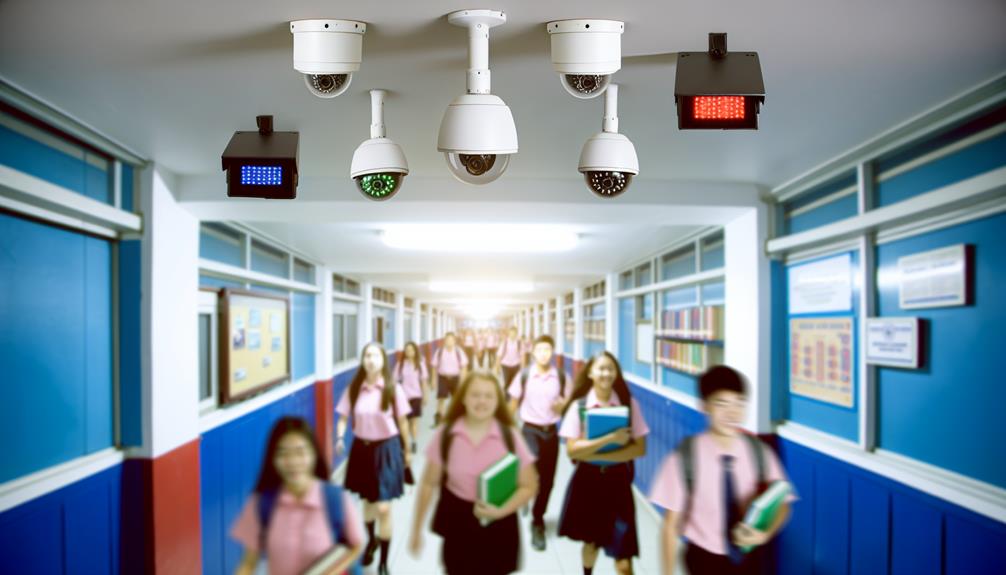
Integrating your motion detection camera with smart home systems can significantly enhance your home security and convenience. By syncing your camera with systems like smart lighting or voice control devices, you’ll create a more responsive and intuitive home environment. This integration not only boosts security but also improves energy efficiency and provides seamless mobile access.
Here’s how you can maximize the benefits:
Always perform compatibility checks before integration to ensure smooth operation and take advantage of cloud storage for an extra layer of data protection.
While the integration of motion detection cameras with smart home systems offers numerous benefits, it’s important to address the privacy concerns that come with such technology. You might wonder how your personal data is protected and whether your consent is necessary every time the cameras are in use.
Firstly, data protection is paramount. Companies must implement stringent security measures to ensure that your information isn’t vulnerable to breaches. Transparency measures are also crucial. You should be informed about what data is collected, how it’s used, and who’s access to it.
Secondly, user consent is a cornerstone of surveillance ethics. You should have the power to decide if and when your activities are monitored, respecting your personal boundaries. This consent isn’t just a courtesy; it’s a legal requirement in many regions, reflecting the serious legal implications of camera usage without permission.
Furthermore, adhering to community guidelines helps maintain a balance between safety and privacy. These guidelines ensure that camera usage doesn’t infringe on others’ rights or create an environment of unwarranted surveillance.
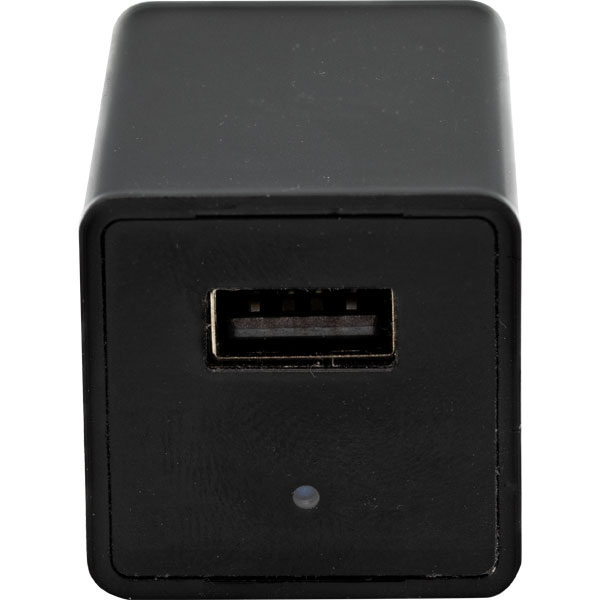
Yes, your pets can definitely trigger motion detection cameras.
The sensitivity of the camera plays a big role in this. If it’s set too high, even minor movements from your pets can set it off.
You might find it useful to adjust the camera’s sensitivity settings or use models that are designed to distinguish between human and pet behavior.
This way, you’ll get alerts that are more relevant and not just every time your pet moves.
You might wonder if your motion detection camera can handle the weather.
Good news: many models are indeed weatherproof.
When installing, ensure it’s positioned under a shelter if possible, to enhance sensor accuracy.
Check the manufacturer’s specs for details on temperature and moisture resistance.
This precaution not only guards against weather damage but also ensures the camera operates efficiently, keeping you alert to any movement around your property.
You’re probably wondering about the lifespan of these cameras.
Generally, camera longevity hinges on several factors including usage, environment, and maintenance. Typically, you can expect them to last between 5 to 7 years.
To extend their life, follow key maintenance tips like cleaning the lenses regularly, protecting them from extreme weather, and ensuring all connections are secure.
Regular updates and careful handling also significantly contribute to maximizing their lifespan.
Yes, you can access the camera feed via your mobile.
Most modern camera security systems offer apps that allow you to view live footage directly from your smartphone or tablet.
This mobile access ensures you can check in on your property anytime, anywhere, as long as you have an internet connection.
It’s a convenient way to stay connected and monitor your space, providing peace of mind when you’re away.
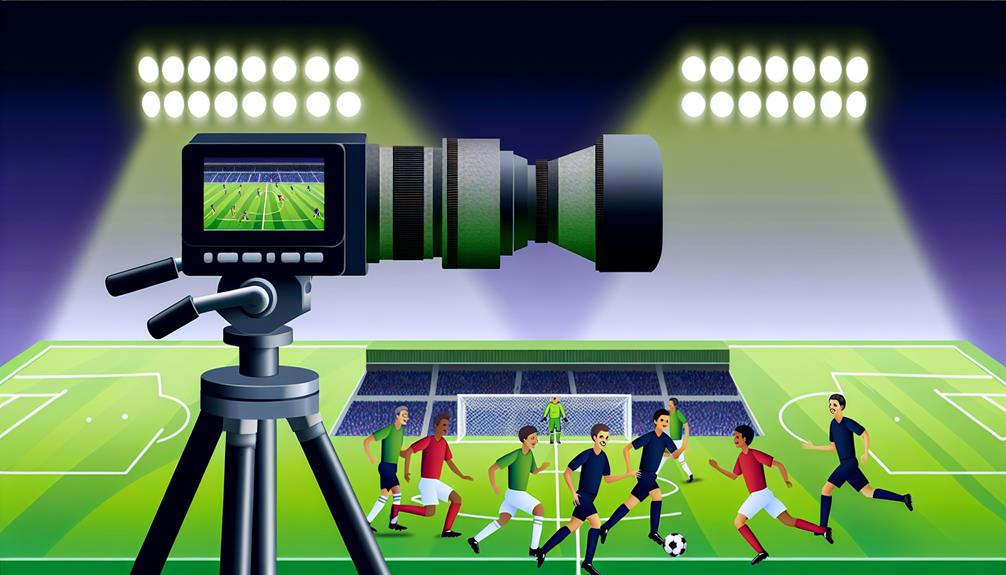
You might be wondering if you need a subscription service for these devices.
Often, accessing the full range of features, like stored video or additional security options, requires a subscription.
It’s worth comparing costs and subscription benefits across different brands to see what fits your budget and needs.
Some companies offer basic functions without a subscription, but for comprehensive coverage, a subscription is usually necessary.
Always check what’s included!
You’ve seen how motion detection cameras with real-time alerts can revolutionize your security setup. By choosing the right features and smart placement, you’ll enhance your safety and response times. Integrating these cameras into your smart home system further streamlines alerts, keeping you informed wherever you are. Remember to address privacy concerns to maintain trust with those around you. Start comparing models today and step up your home security game with confidence!
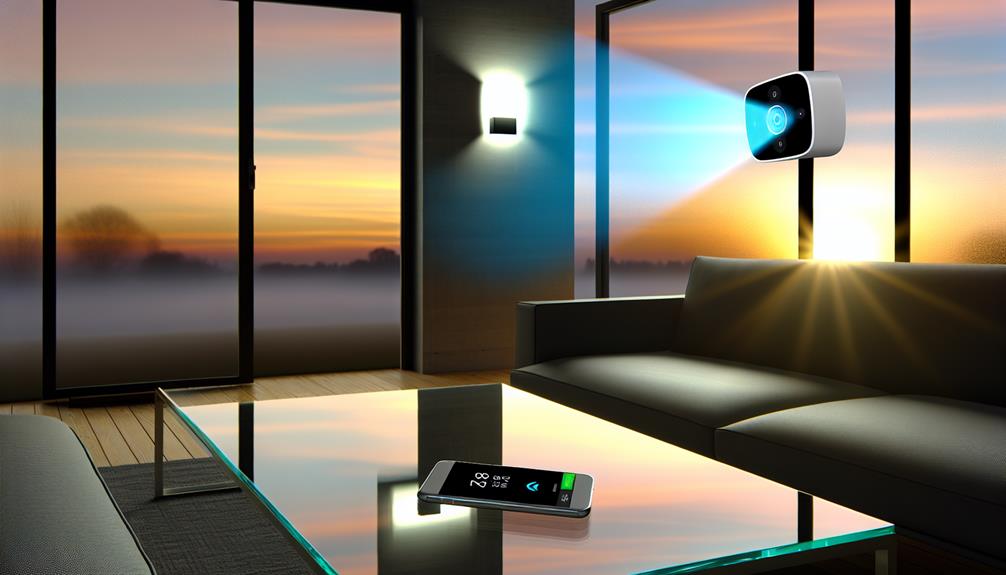
Brainstorm Security Shop
1867 Caravan Trail
Ste 105
Jacksonville, FL 32216
Call us toll free: (800) 859-5566